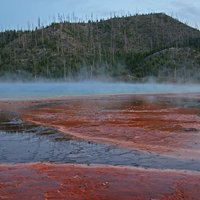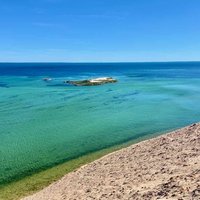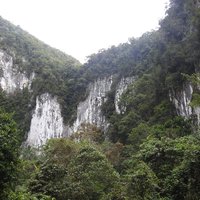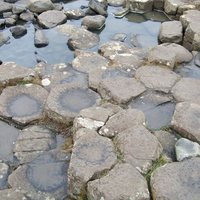Connected Sites
-
Scientists "are studying microbial mats in the local hot springs. These modern day microbes are building stromatolites similar to those of their ancient brethren, and so they may provide clues to who the ancient stromatolite-builders were
See www.livescience.com
-
"They were found in freshwater spring mounds in the karstic wetlands of a wilderness area in Tasmania, Australia." (2017)
See www.sciencealert.com
-
one of only two places in the world (the other being the Bahamas) with living marine stromatolites
See www.sharkbay.org
-
"Stromatolites ...are also common at all the cave entrances" (Nom file 6.3.4)
See www.karstworlds.com
-





